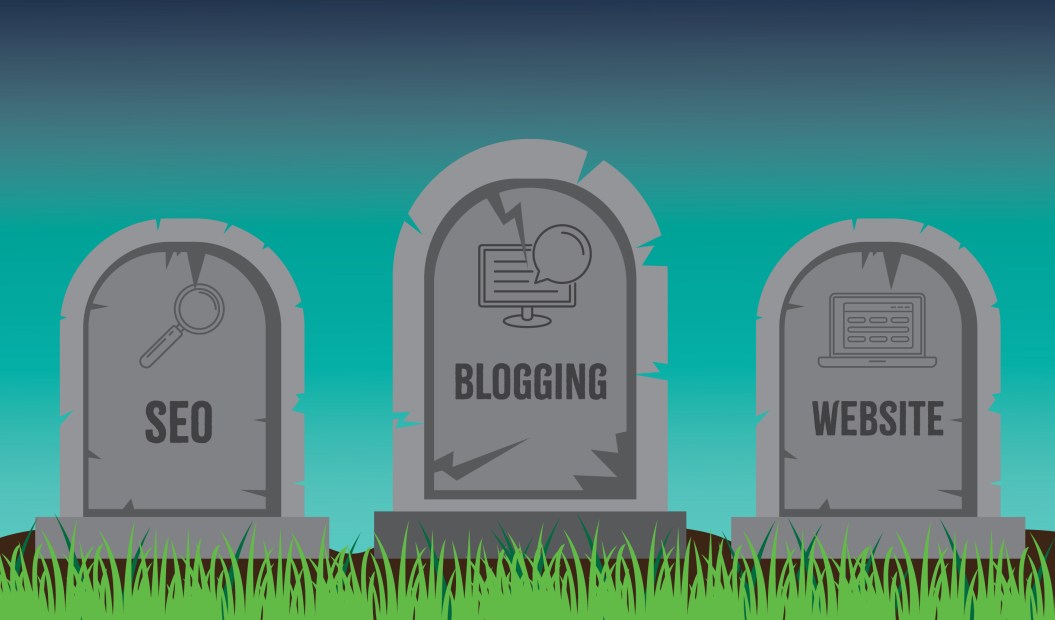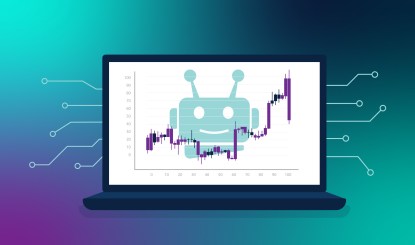Programmatic Advertising: Embracing Efficiency & Targeted Marketing
The world of digital marketing is always changing and evolving. It’s funny how we’ve declared certain tactics dead, only to revive them, kill them again, and then suddenly hail them as the future of marketing. SEO, blogging, social media, and even websites have all had their moments of being labeled unnecessary. Whenever something new and shiny comes along, the marketing community jumps on it and declares it the future of advertising.

Lately, programmatic marketing has been making waves in the blog pages (yes, it’s no longer dead) of the MarTech elite. It’s being hailed, once again, as the future of advertising. As a marketing agency, we understand the importance of staying ahead of the curve and harnessing the power of technology to drive successful marketing campaigns. In this blog post, we want to explore what programmatic advertising is, how it works, and why businesses should consider incorporating it into their marketing budget.
What is Programmatic Advertising?
Programmatic advertising refers to the automated buying of digital ad space in real-time, using AI, algorithms, and data-driven insights. Unlike traditional media-buying methods that involve negotiations and manual placement, programmatic advertising streamlines the process by making data-informed decisions. This enables companies to efficiently reach their target audiences in real-time.
How Does It Work?
1. Real-Time Bidding (RTB): The core of programmatic advertising is real-time bidding. When a user visits a website or app, an auction takes place within milliseconds to determine which ad is displayed to that specific user. Advertisers bid on the available ad impressions based on user data and targeting parameters. The highest bidder wins the auction, and their ad is instantly displayed.
2. Data-Driven Targeting: Programmatic advertising leverages vast amounts of user data to target specific audiences. Marketers can define their target audience based on demographics, interests, browsing behavior, and other relevant data points. This precision ensures that ads are shown to the right people at the right time, increasing the chances of engagement and conversion.
3. Artificial Intelligence (AI) and Machine Learning: Programmatic advertising utilizes AI and machine learning algorithms to optimize campaigns in real-time. These algorithms analyze data from various sources, including past performance, user behavior, and contextual factors, to make data-driven decisions about bidding, targeting, and creative optimization. This continuous optimization maximizes the effectiveness of the campaign and enhances return on investment (ROI).
Why You Should Consider Programmatic Advertising
1. Efficiency and Cost-Effectiveness: Programmatic advertising eliminates the need for manual ad placement, bidding, and negotiations. By automating the buying of ad space, businesses can allocate their marketing budget more efficiently and ensure their ads reach the right audience.
2. Enhanced Targeting and Personalization: Businesses can target specific audiences based on their characteristics, interests, and online behavior. This level of targeting ensures that ads are relevant, leading to higher engagement and conversion rates. Personalized messaging fosters a deeper connection with consumers, improving brand perception and loyalty.
3. Real-Time Optimization: Programmatic advertising allows marketers to optimize campaigns in real-time, making data-driven adjustments based on performance insights. By monitoring and analyzing metrics such as click-through rates, conversion rates, and cost per acquisition, marketers can refine their campaigns on the fly, ensuring optimal results and ROI.
4. Wide Reach and Scalability: Programmatic marketing provides access to a vast network of publishers and ad exchanges. This means that businesses can reach a broader audience across multiple platforms, including websites, mobile apps, and social media. It also allows for easy scalability, as campaign adjustments based on goals and budget can be made quickly without the need to create new campaigns. If something is working, it’s easy to do more of it.
Programmatic Can Work For You
Is programmatic advertising the future of marketing? It certainly has the potential to be. Should you replace all your marketing efforts with programmatic alone? Probably not. However, this shiny buzzword offers a promising complement to your existing marketing strategy. If you’re interested in learning more about incorporating programmatic advertising into your marketing budget to increase your brand reach, let’s have a conversation about the new opportunities it can bring to your business.

